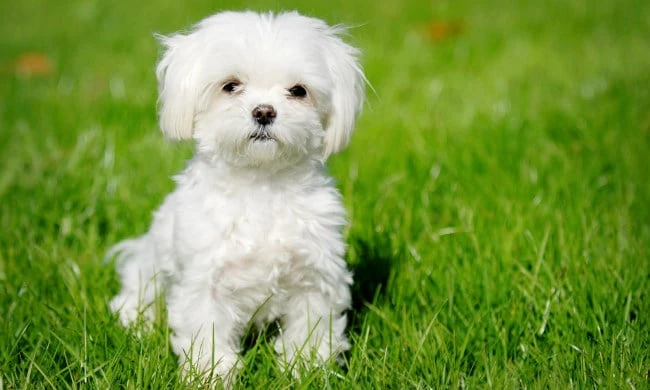The Dog Owners Guide To Patellar Luxation In Dogs

The term Patellar luxation refers to a painful condition where the ‘Patella’ or kneecap slips out of its normal position. There are varying degrees of the condition depending on its severity. However, the condition can be ‘medial’ or ‘lateral’. Medial luxation refers to when the Patella slips out of the femoral groove and rests on the inner side of the dog’s leg. Lateral luxation refers to when the Patella slips out of the femoral groove to the outside aspect of the dog’s leg.
The condition is normally inherited and is very seldom caused through trauma or injury.
The lateral form of the condition will often cause the dog to walk with a strange gait where the knees are very close with the feet/paws pointing outwards. This type is more common in larger breeds and is often seen in dogs aged between five and six months old.
The medial form of the condition is more common in dogs and will affect dogs of all sizes (from toy breeds up to giant breeds – although it can also affect younger puppies). If a dog is experiencing the medial form the affected dog or puppy may walk with the stifle joint bent with the foot/paw turned towards the inside. The patella (kneecap) can also slip in and out of its position so the affected dog may walk normally at times and then at other times walk strangely.
Diagnosising Patellar Luxation In Dogs
There are varying levels that vets use to grade and diagnose patellar luxation and this is based on how easily the patella spontaneously returns to its original position after it has been manipulated (dislocated) by a vet (diagnosis is also based and graded on how easily the patella is dislocated when manipulated by the vet).
Grades Of Patellar Luxation In Dogs
Grade 1 – A dog that has been graded as ‘1’ may exhibit symptoms that are very difficult to notice by the owner. With a grade 1 patellar luxation a vet will still be able to manually manipulate the patella out of its normal position and over the bony ridge but it will still be able to move back to its original position.
Grade 2 – A dog that is graded as ‘2’ may appear occasionally lame due to the kneecap occasionally moving off of the bony ridge but the kneecap will still return to its original position.
grade 3 – This is when the dog is intermittingly lame especially when the dog attempts to weight-bear. As soon as the patella is manipulated it will move out of the correct position.
Grade 4 – A dog that is graded as ‘4’ will appear lame much of the time as the patella is no longer able to sit in its original position.
Although in the earlier stages of Patellar luxation the symptoms may not be painful as the grooves of the bones continue to rub together and grind, over time they will become smoother causing pain and the possibility of Arthritis.
Treatment For Patellar Luxation In Dogs
The treatment for this condition will include support with weight management (i.e. if the dog is overweight this will only add to the stress in the knee joint). A course of pain killers and inflammatory drugs may also be prescribed to alleviate any pain, discomfort and inflammation – this low level treatment is normally used for Grade 1 cases of the condition.
In extreme cases the vet may recommend surgery (for cases graded from 2 up to 4), of course if the dog is older and there are more chances of complications then this will need to be weighed up prior to surgery. If surgery is undertaken then the vet will aim to repair any damage to the ligaments and muscles etc and to also surgically deepen the Trochlear groove so that there is less chance of the kneecap slipping in future. There is normally a good success rate dogs post surgery.
Preventing Patellar Luxation In Dogs
To help prevent the condition from being passed down genetically the OFA (Orthopedic Foundation for Animals) have a registry that provides certificates for dogs that have been checked as having patellas that palpate normally. All puppies should have a routine check by a vet from the age of 8 weeks.
Dog Health Problems Online > A Guide To Patellar Luxation




